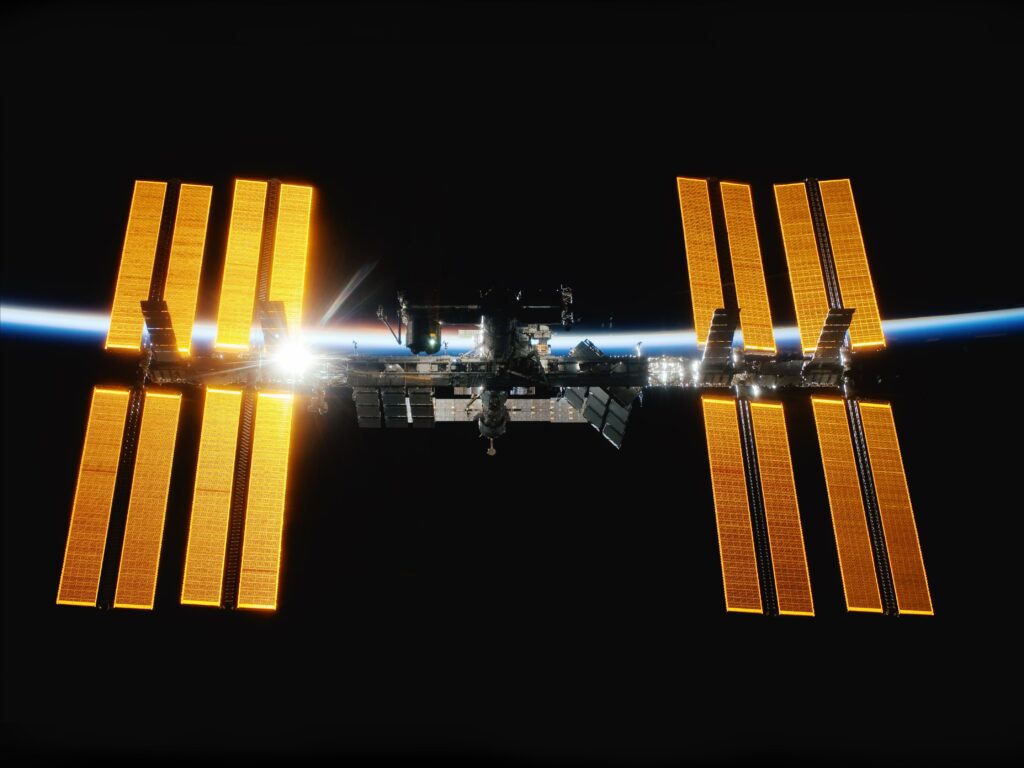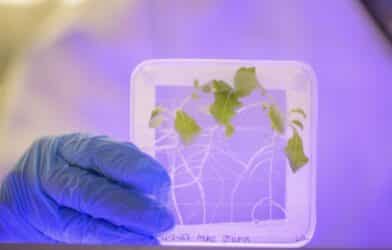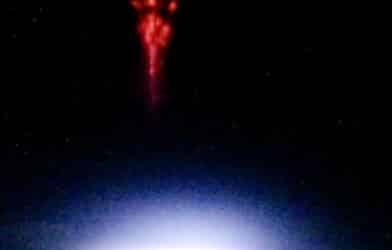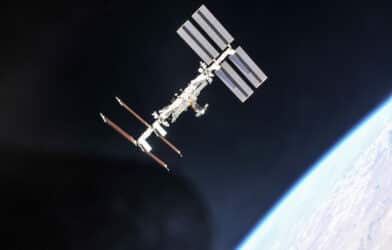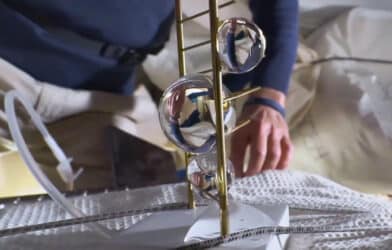High school students from Portugal were able to be amateur astronauts with their feet planted safely here on Earth. The group was able to measure Earth’s magnetic field from the International Space Station by using a tiny and inexpensive computer.
The students were able to take part in this project after the European Space Agency teamed up with the U.K.’s Raspberry Pi Foundation to hold the Astro Pi Challenge for high school students. The contest required the students to program a Raspberry Pi computer with code to be run abroad the ISS.
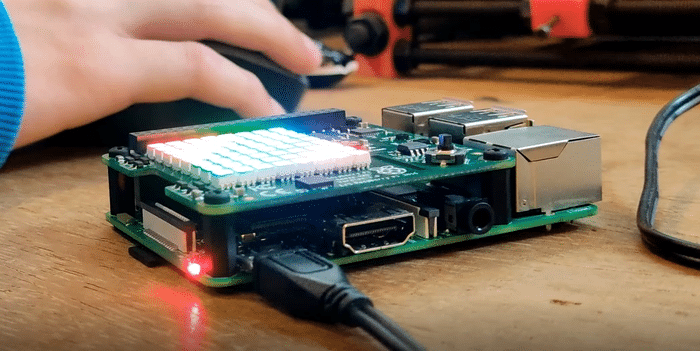
The Portuguese students were able to map out Earth’s magnetic field and compared their results to data provided by the International Geomagnetic Reference Field. They programmed an add-on board — known as the Sense Hat — for the Raspberry Pi computer to take measurements of Earth’s magnetic field in orbit. The Sense Hat contained a magnetometer, gyroscope, accelerometer, and sensors for temperature, pressure and humidity.
“I saw the Astro Pi challenge as an opportunity to broaden my knowledge and skill set, and it ended up introducing me to the complex but exciting reality of the practical world,” says Lourenco Faria, study co-author and one of the students involved in the project, in a statement.
The IGRF data is updated every five years and uses measurements from observatories and satellites to compute Earth’s magnetic field. The students’ measurements were taken in April 2021 and they compared their data with the latest IGRF figures from 2020. The students’ data differed from the IGRF results by a significant amount. It is believed this difference is due to a static magnetic field inside the ISS.
The high school students ended up repeating their analysis using another 15 orbits worth of space station data and found a slight improvement in results. “The students thought it was surprising the main features of Earth’s magnetic field could be reconstructed with only three hours’ worth of measurements from their low-cost magnetometer aboard the space station,” the media release reads.
“Taking measurements around the globe and sharing data via the internet or social media would make for an interesting science project that could connect students in different countries,” says Nuno Barros e Sá, study co-author and faculty mentor for the students.
This type of project can also be modified to ground-based measurements using laboratory equipment or magnetometer apps for smartphones.
The study is published in the American Journal of Physics.
